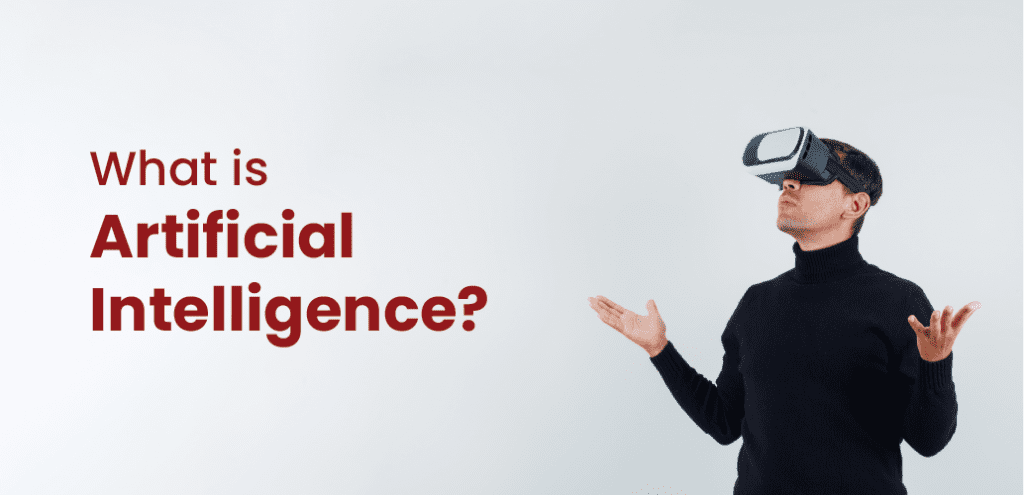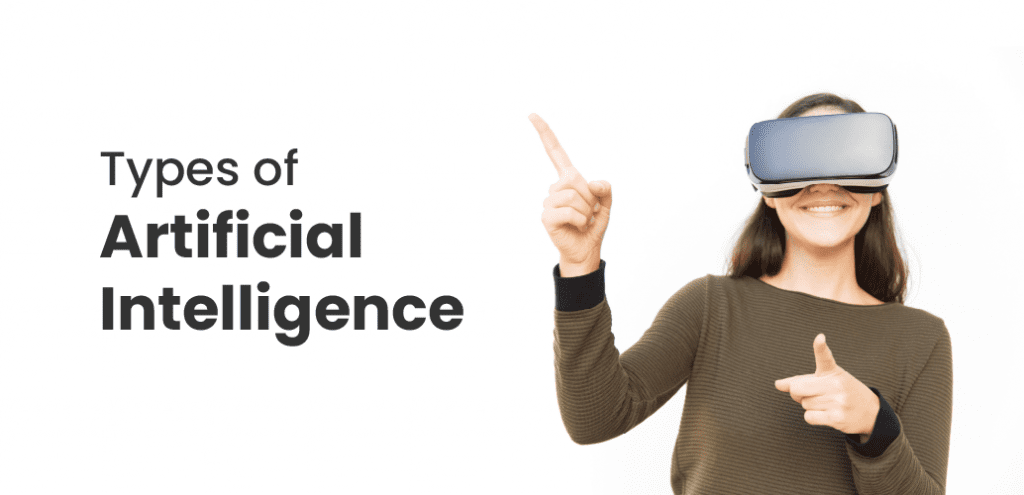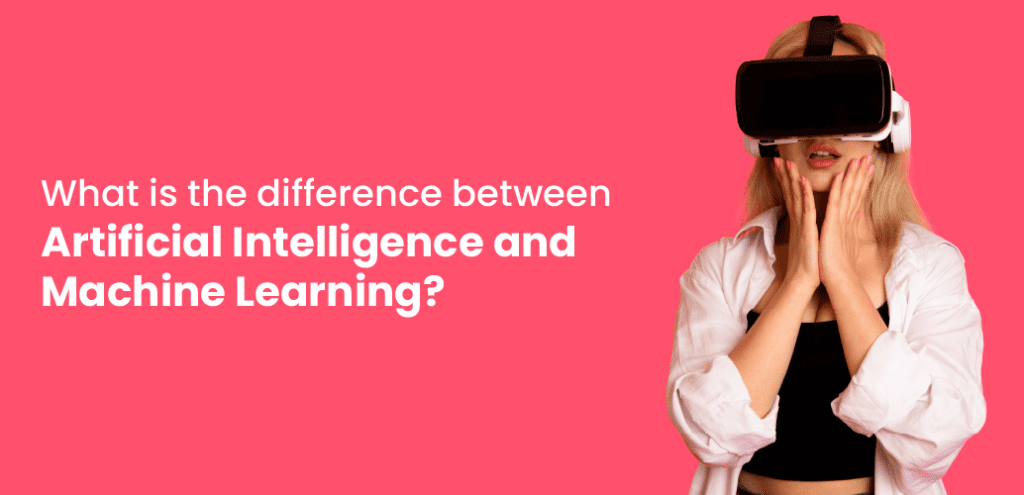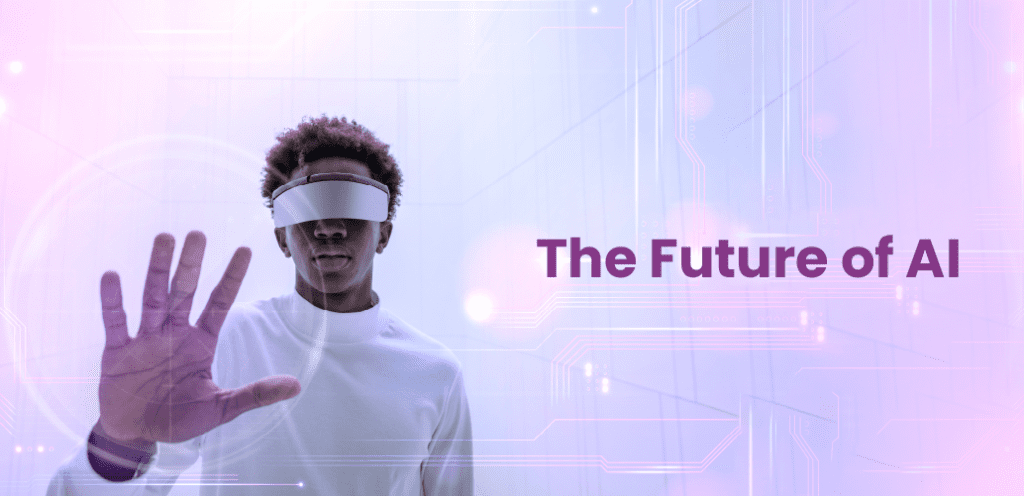Blog > Introductory Guide to Artificial Intelligence (AI) and its Applications.
Introductory Guide to Artificial Intelligence (AI) and its Applications.
October 31st, 2022

Atta se sasta Data hai.
(Translation: Data is cheaper than flour!)
This seems to be the general sentiment of the masses today.
And while that sounds funny, you have to acknowledge the truth in this statement.
Today, everything around us is either already automated or is in the process of being so. But automation doesn’t just happen overnight. These machines have to be constantly fed with data to help them learn and become of use. Be it Netflix recommendations or the Smart Tesla cars - we are used to having expert systems that have a brain of their own. And that ladies and gentlemen is the magic (the irony is not lost on us) of Artificial Intelligence.
What is Artificial Intelligence?

Before we dive deeper into the applications of Artificial Intelligence, let us look at its origin story.
Famed Computer Scientist, Alan Turing asked himself “Can machines think?”, all the way back in the 20th century. Thus, the idea of Artificial Intelligence was born. Broadly speaking, AI is the ability to program machines to mimic human intelligence and automate our tasks. To put it simply, AI is the simulation of human intelligence in machines. Artificial Intelligence, which was once just an idea in theory, is now more prevalent than ever.
AI programming focuses mainly on achieving 3 cognitive abilities:
- Learning
- Reasoning
- Self Correction
What do these abilities entail?
Learning
To simplify this, think of machines as human babies. Babies are constantly bombarded with stimuli from the environment, that they then use to learn new things. Similarly in the case of machines, the machine is the infant and the raw data we keep feeding it, is used by the machine to ‘learn’ or pick up new skills.
Reasoning
Despite the occasional need for calculators, the human mind is still the most well-oiled machine out there, built to pick up skills on its own. However machines (ironically built by humans) need an extra push to pick up new skills from the data they are presented with. Hence, these machines rely on certain algorithms which enable them to understand data and draw inferences.
Self Correction
Once the machine draws up its own conclusions, they are then checked with the real world solutions to measure the machine’s accuracy. Depending on how wrong the solution is, the machine learns from its mistakes and draws better conclusions the next time.
The underlying principle behind all AI systems remains the same as described above, i.e. to first learn, reason and then proceed to correct itself (although humans could use a bit of self correction too).
Types of Artificial Intelligence

Artificial Intelligence is a broad term that encomposses many subsets like Machine Learning or Natural Language Processing and these subsets are known to many. Broadly speaking, there are 4 main types of Artificial Intelligence:
Reactive Artificial Intelligence
The most basic type of Artificial Intelligence, Reactive AI, does not interact with the world. It lacks imagination and will respond in the exact same way every time when presented with the same situation, making them extremely trustworthy and reliable.
One of the most famous examples of Reactive AI is Deep Blue. Deep Blue is a supercomputer that was created by IBM. This supercomputer is famous for playing and winning a chess match against chess champion Garry Kasparov.
But how did Deep Blue win the game?
In a reactive AI model, machines neither work with data nor do they have the facility to store any memory. They function depending on the way they are programmed, i.e., through a predictable output. Deep Blue made its move based on its observation from its opponent's move.
Another example of a game-playing Reactive AI is AlphaGo. Google Inc’s brainchild, AlphaGo is unable to evaluate future outcomes. Instead it relies on its own neural network to evaluate developments of the present game.
Limited Memory AI
Limited Memory AI is being used worldwide today and is constantly experimented with.
A Limited Memory AI absorbs learning data and makes future predictions based on historical data. This form of AI automatically trains itself to evolve and become better.
An example of Limited Memory AI is the Smart Car. A smart car is a self-driving car. How do these work?
Based on the data fed, the car’s AI enhances its capabilities to understand its environment and self-drive in a safe and secure manner.
Theory of Mind AI
Although still in its development stage, Scientists claim that Theory of Mind AI will be considered successful when AI picks up the ability of decision making, similar to that of the human mind. To reach this stage, machines will have to understand human emotions and thereby act in accordance with these emotions to make decisions.
This type of AI might not yet be fully functional, but we are getting closer and closer to the day machines respond to human emotions. An example of a recent success was Sophia.
An AI built in the year 2016, it was capable of seeing human emotions and was also able to respond to these emotions. A small victory in the grand scheme of things!
Self-aware AI
Also another theory being experimented with, this type of AI is when machines reach a level of consciousness at par with humans. Artificial Intelligence experts claim that at this stage, machines will be fully aware of emotions and the state of minds of others around them. Their needs, emotions and desires will match that of human beings.
What is the difference between Artificial Intelligence and Machine Learning?

The two terms are often used interchangeably and while they do share a lot of similarities there are certain key differences between the two. Let us explore these differences,
Machine Learning.
Machine Learning deals with systems using historical data to learn. Its main aim is to capture patterns present in historical data and to gain insights that could predict an outcome. It uses algorithms to “learn” from data, and these algorithms are usually specific to the task at hand.
Just like AI, Machine Learning is also a very broad term and can be divided into 3 categories:
Supervised
It’s a method where you provide assistance to help the machine learn by labelling data.
For instance, you label a picture of a dog as “A Dog” along with a picture of a cat as “A Cat” and feed this data to the ML model. This assistance that you provided will help the machine differentiate the two and identify them accurately in the future.
Unsupervised
As the name suggests, this type of model learns from data without any guidance. In contrast to the above example, with the classification of cats and dogs, in this case you would just feed the machine unlabelled data. The idea here is for the machine to just find similarities or differences within a given dataset, as opposed to accurately labelling things. So in this case the machine would be able to tell that these two things are different but would not be able to identify them as cats or dogs.
Reinforcement
This Machine Learning model involves machines making decisions sequentially and calculating the rewards associated with the sequence. The end goal is to determine which sequence of events is associated with the maximum reward.
Machine Learning algorithms are everywhere in today’s world. Email spam filters, search algorithms, online recommendation systems, Facebook friend suggestions, stock price forecasting, bank fraud detection, etc. are just a few applications of Machine Learning in today’s world.
Artificial Intelligence
AI as we discussed, is the idea of machines mimicking human intelligence to solve problems. In fact, Machine Learning and Deep Learning are subsets of AI. Unlike Machine Learning or Deep Learning, however, with Artificial Intelligence, more emphasis is placed on the success of performing a task than its accuracy.
AI includes three stages as well - learning from data, reasoning or making sense of the given data and finally making self corrections in the output if needed. AI and its applications include voice assistants like Siri & Alexa, humanoid robots like Sophia and chatbots, etc. Further, AI can be broadly classified as:
- Artificial Narrow Intelligence (Weak AI)
- Artificial General Intelligence (General AI)
- Artificial Super Intelligence (Strong AI)
While they have their set differences, the reason AI and ML are used interchangeably, is because they are so often used together. An instance where Artificial Intelligence and Machine Learning go hand in hand includes:
Speech recognition and Natural Language Processing where AI is used to identify the things spoken by humans and NLP techniques are used to process it.
Sentiment Analysis is another such example which can determine the positive, neutral or negative attitudes that are expressed in text.
The Future of AI

Artificial Intelligence is still a relatively new field, with a lot of promise and stakes resting on the coming future. With Speech recognition already taking off, it is exciting to see what AI systems can do with Theory of Mind or Self aware AI technology and how future applications of Artificial Intelligence manifest.
In the present, we are bound by the vast infrastructure and higher computational power needed to execute Artificial Intelligence. Although Gordon Moore stated in 1965 that “every two years the number of transistors on every chip is doubled while the cost of computer's is halved”, AI is still a costly business. However, with or without the financial backing and computational power, AI has still come a really long way from Alan Turing’s initial question “Can machine’s think?” As we have seen, the history of Artificial Intelligence has made a tremendous impact on our lives and it seems all but inevitable that the future of AI is going to make a greater impact still.
What are your thoughts on the future of Artificial Intelligence? Is a career in Artificial Intelligence worth pursuing today? Let us know in the comments below.






Add a Comment